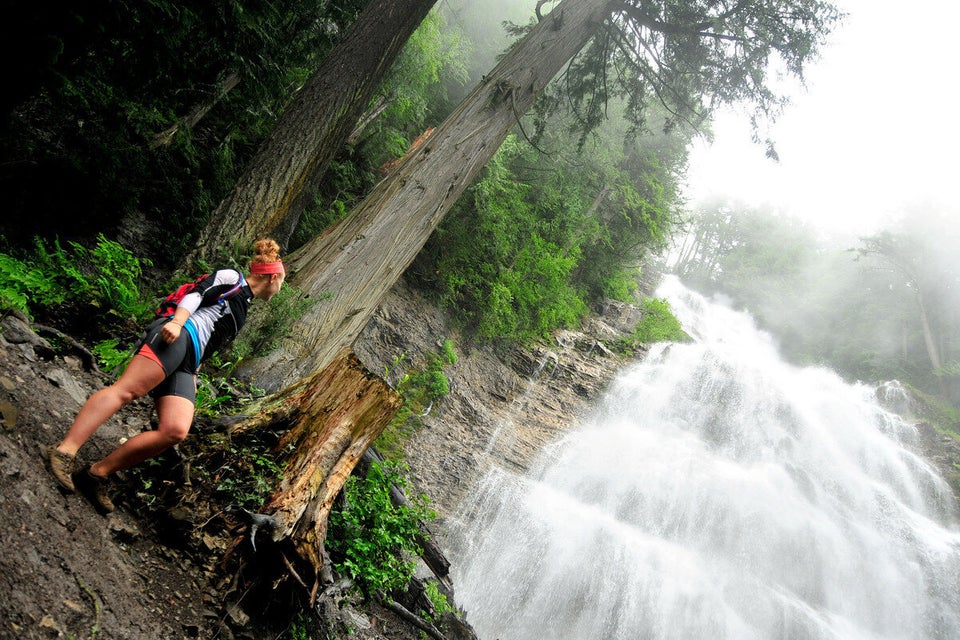
The Yukon government has opened a vast area of wilderness up for mining, a move which has prompted a legal challenge from First Nations and conservation groups.
The land use plan for the Peel Watershed was introduced last Tuesday and opens up 71 per cent of the roughly 68,000 square km area to development. To put that in perspective, the entire province of New Brunswick is approximately 73,000 square km in size.
The new government plan is significantly different from a seven-years-in-the-making proposal negotiated by the territorial government and First Nations that would have seen 45 per cent of land opened to development. An additional 25 per cent of the Watershed would have been protected from any new mining activity for the next 10 years under the earlier plan formulated by the Peel Watershed Planning Commission.
Story continues below slideshow
The announcement has triggered swift reaction from First Nations and environmental groups. The Nacho Nyak Dun and the Tr'ondek Hwech'in First Nations and the Canadian Parks and Wilderness Society Yukon and the Yukon Conservation Society are suing the government over the plan, which they say violates land claims signed with aboriginal bands.
The groups say the government's plan violates land claims signed with aboriginal bands and unilaterally ignores the Watershed Planning Commission's proposal.
Yukon premier Darrell Pasloski said in a press release that the "land use plan for the Peel Watershed represents a balanced approach for this important region ... [one] that balances protection of our natural environment while respecting all sectors of our economy."
Environment Minister Currie Dixon described the plan as one which would create "new" protected areas.
"This land use plan creates vast new Protected Areas that total 19,800 square kilometres,” Dixon said. “This will increase the amount of land protected in Yukon to almost 17 per cent of its land base, greater than any other province or territory in Canada."
Critics of the plan were not so generous.
"How can they even call them 'protected lands,'" asked Karen Baltgailis of the Yukon Conservation Society in an interview with National Geographic. "When the plan allows mines and all-weather roads for industrial development right along rivers that are major tourism destinations? Given that most of the Yukon is already open for development, do they not see the need to protect some large, last great wilderness areas?"
How the lawsuit will play out remains to be seen, but in the meantime the government's new plan has already gone into effect.
A warning, however, has been issued to companies who want to take advantage
Karen Baltgailis, Executive Director of the Yukon Conservation Society, issued a warning to companies who may be interested in the Peel now that government has made a decision on the land use plan, and the interim moratorium on staking for the region has been lifted.
“Companies considering industrial exploration or development in the Peel region do so at their own risk,” Baltgailis said in a press release. “The tide of public opinion will be against anyone who tries to develop in the region."
The Watershed is home to several prominent species, including the grizzly bear, wolverine and caribou.
With files from The Canadian Press
Also on HuffPost

